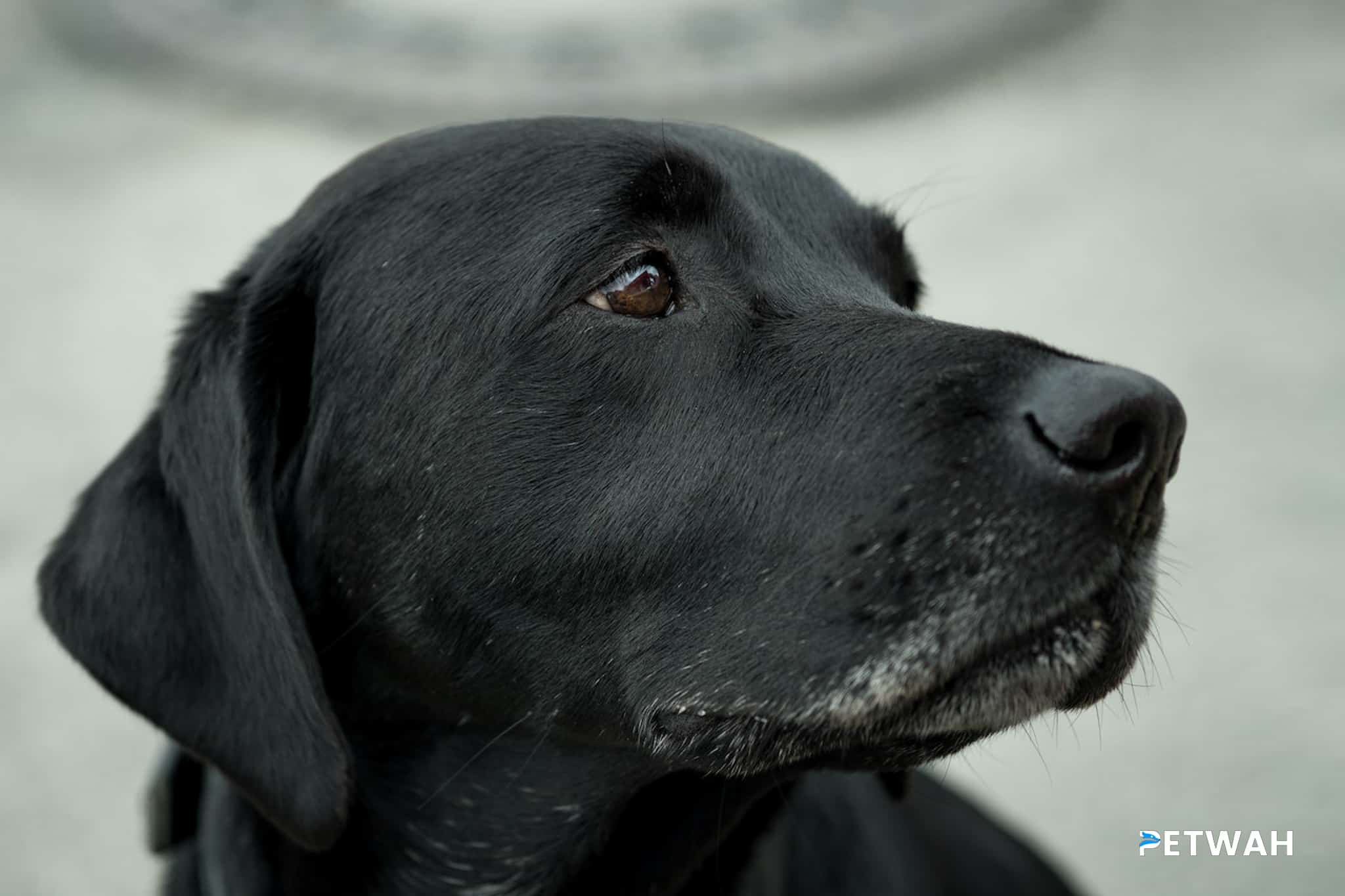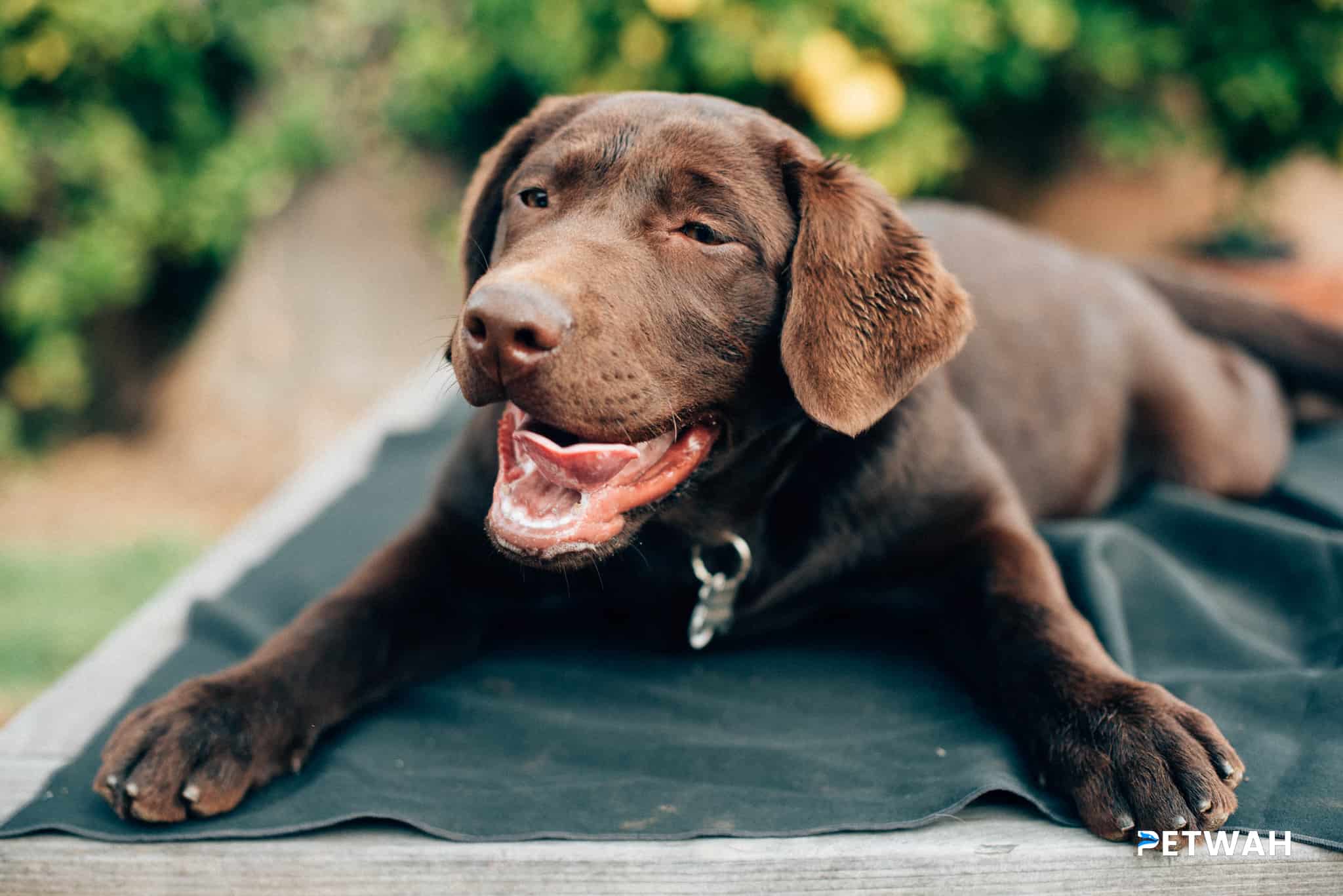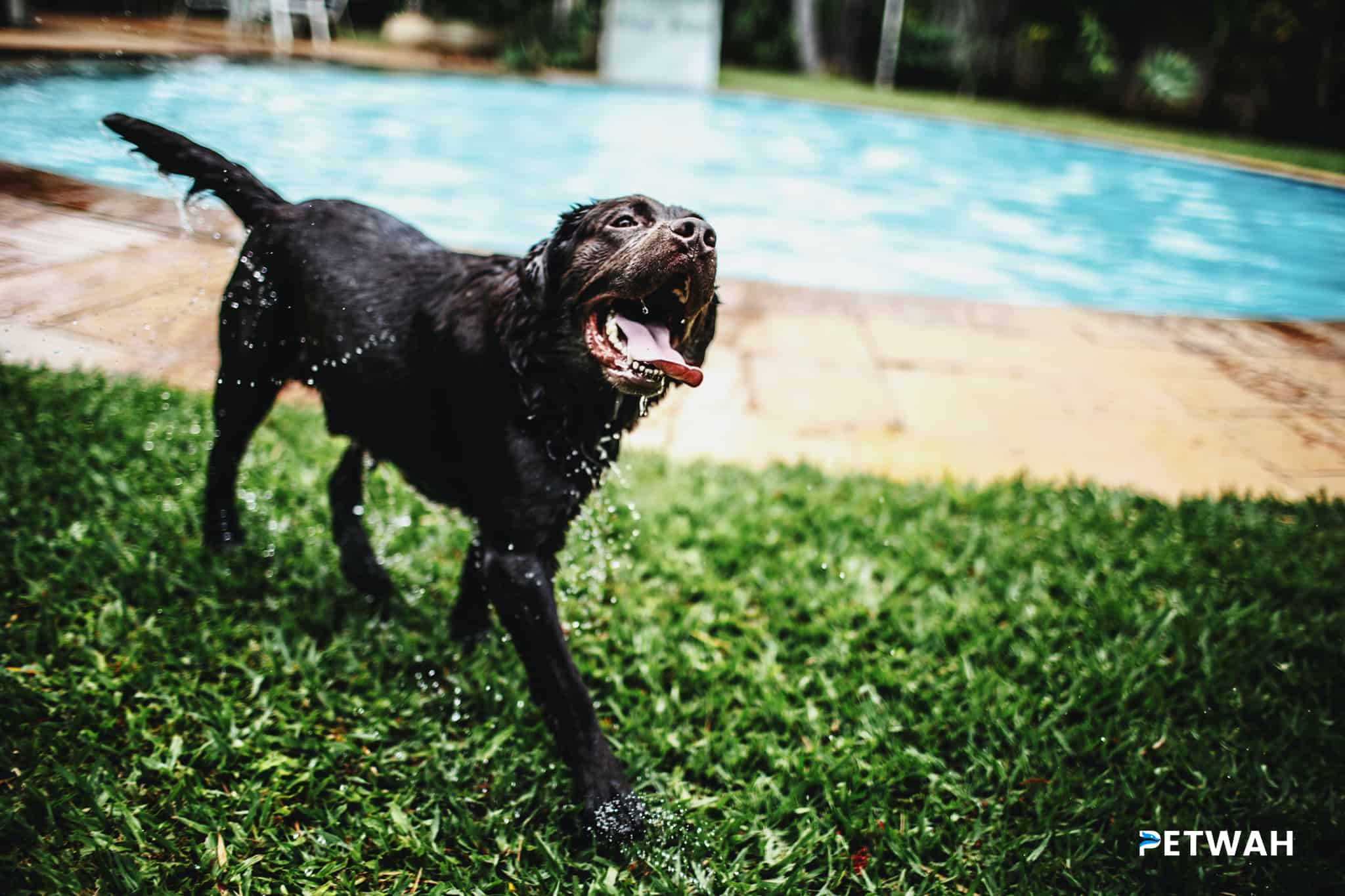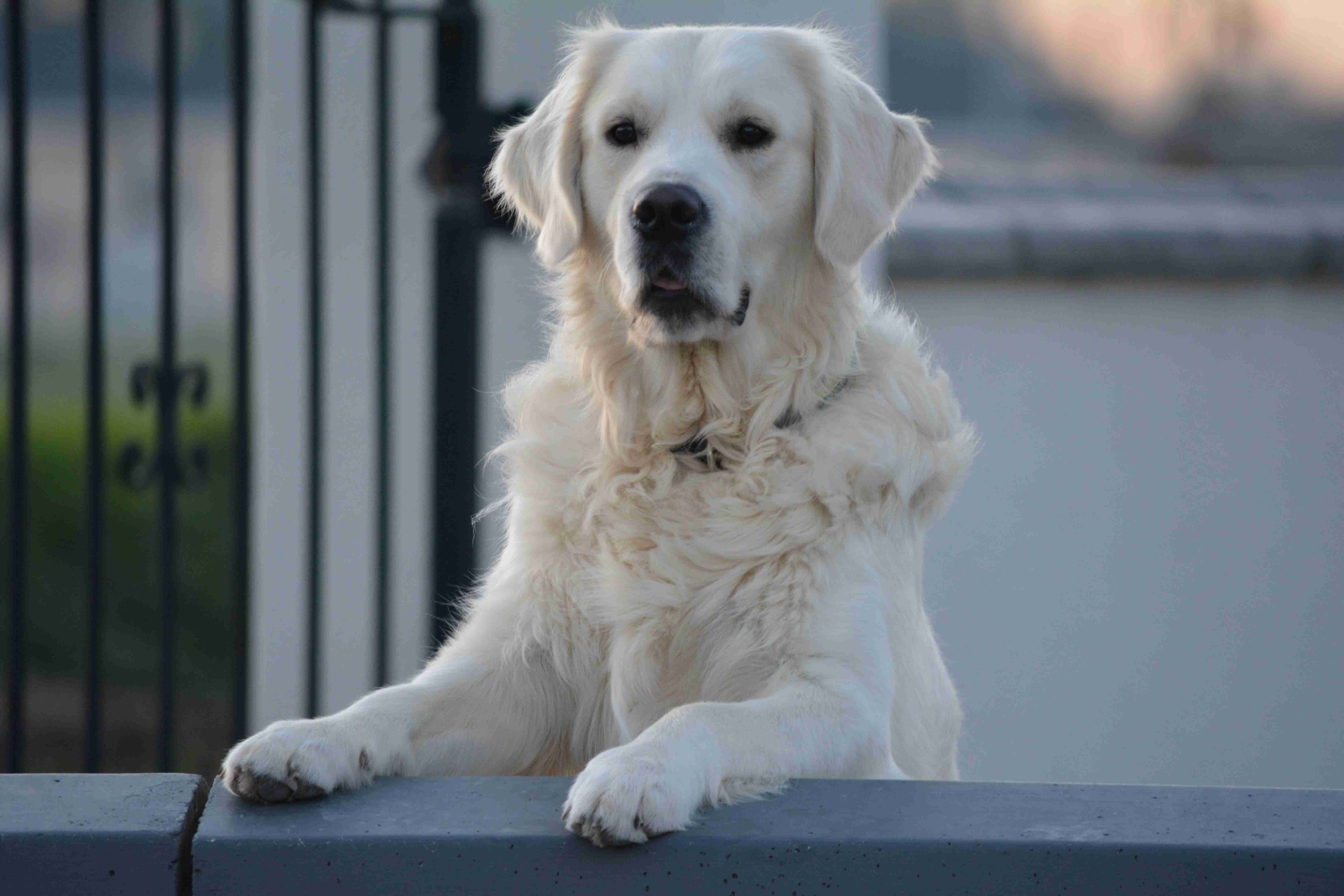Are you a proud owner of a Labrador puppy? If so, you probably already know that crate training is an essential part of raising a well-behaved and happy dog. Crate training provides a safe and comfortable space for your pup while also helping with potty training and preventing destructive behavior. In this article, we will explore some effective crate training techniques specifically tailored for Labrador puppies. So, let’s get started!
Introducing the Crate:
The first step in crate training your Labrador puppy is to introduce the crate as a positive and inviting space. Here are some tips to help you with the introduction process:
1. Choose the right crate: Select a crate that is spacious enough for your growing pup to comfortably stand, turn around, and lie down in. It should also have proper ventilation and be sturdy enough to withstand any potential chewing.

2. Make it cozy: Line the crate with soft bedding and add a few toys or treats to make it more inviting. This will help your Labrador associate the crate with positivity and comfort.
3. Gradual introduction: Initially, keep the crate door open and allow your puppy to explore it at their own pace. You can encourage them to enter the crate by placing treats or feeding their meals inside. Praise and reward your puppy whenever they willingly enter the crate.
Establishing a Routine:
Consistency is key when it comes to crate training. Establishing a routine will help your Labrador puppy understand when it’s time to enter the crate and when it’s time to come out. Follow these steps to create a structured routine:
1. Feeding time in the crate: Serve your puppy’s meals inside the crate to create a positive association. Begin by placing the food bowl near the entrance of the crate and gradually move it closer to the back over time. This will help your puppy develop a natural inclination to enter the crate willingly.
2. Naptime and quiet time: Encourage your pup to take regular naps in the crate. Puppies require a lot of rest, and the crate provides a secure and peaceful environment for them to relax. Use a calm and soothing voice when you place your Labrador puppy in the crate for their naptime.
3. Regular bathroom breaks: Take your Labrador puppy outside for bathroom breaks at regular intervals. Puppies have limited bladder control, so it’s important to provide them with ample opportunities to relieve themselves. This will also help avoid any accidents inside the crate.
Positive Reinforcement:
Positive reinforcement is an essential part of crate training. Labrador puppies respond well to praise, treats, and rewards. Here are some strategies to incorporate positive reinforcement:
1. Treats and toys: Reward your puppy with treats or toys whenever they enter the crate willingly or remain calm inside. Positive reinforcement encourages your Labrador to view the crate as a positive and rewarding place.
2. Verbal praise: Shower your Labrador with positive and encouraging words when they exhibit desired behavior. A simple “good boy” or “good girl” goes a long way in reinforcing their understanding of crate training.
3. Never use the crate for punishment: It’s vital to avoid using the crate as a means of punishment. This can create negative associations and make your puppy fearful of the crate. The crate should be seen as a safe haven, not a place of discipline.
FAQs:
1. How long should I leave my Labrador puppy in the crate?
It’s important to gradually increase the crate time as your puppy grows older. In general, a Labrador puppy can stay in the crate for a few hours during the day, but no longer than their age in months, plus one. For example, a three-month-old puppy should not be left in the crate for more than four hours at a time.
2. What if my Labrador puppy whines or barks in the crate?
Whining or barking is common during the initial stages of crate training. It’s essential to remain patient and avoid giving in to your puppy’s demands by letting them out immediately. Wait for a period of calm before opening the crate door. If the whining persists, consult with a professional dog trainer for guidance.
3. Can I crate train an older Labrador?
Absolutely! While it may take more time and effort, crate training can be done at any age. Follow the same techniques mentioned earlier and be patient, as older dogs may require more time to adjust to the crate.
4. Should I cover the crate with a blanket?
Covering the crate with a blanket can create a cozy den-like environment, which may help some Labrador puppies feel more secure. However, it’s important to ensure proper ventilation and monitor the temperature to avoid overheating.
5. How long does crate training take for Labrador puppies?
The duration of crate training varies from puppy to puppy. Some may take only a few weeks to become comfortable, while others may need several months. Consistency, patience, and positive reinforcement will play crucial roles in the success of crate training.
In conclusion, crate training is an essential aspect of raising a well-behaved Labrador puppy. By following the proper techniques and establishing a structure, you can successfully crate train your furry friend. Remember to be patient, consistent, and use positive reinforcement to create a positive association with the crate. Soon enough, your Labrador puppy will view the crate as their safe and comfortable den.
Call-to-action:
For all your crate training needs, consider exploring the products available at PetWah. They offer a wide range of crates, bedding, and accessories to make your Labrador puppy’s crate training experience as comfortable and enjoyable as possible. Visit petwah.com to find the perfect items for your furry friend.
Note: This blog post was written using OpenAI’s GPT-3 and adheres strictly to the given content.







%20-%20Copy.jpg)